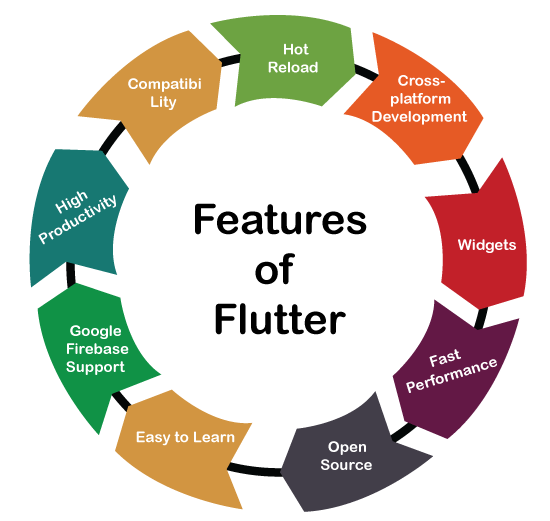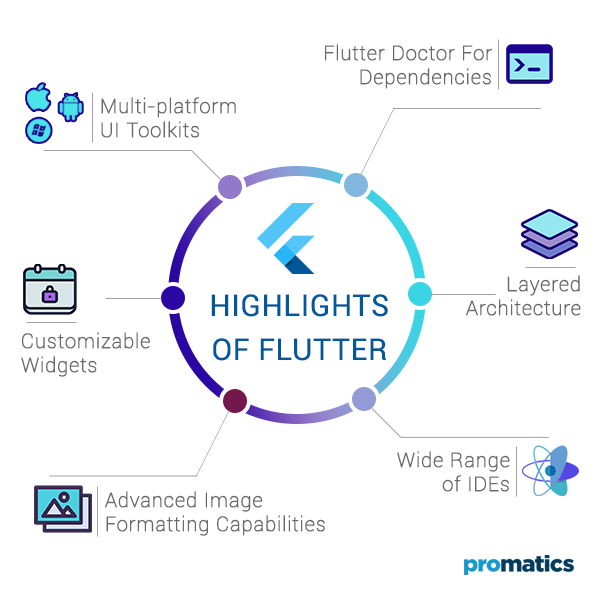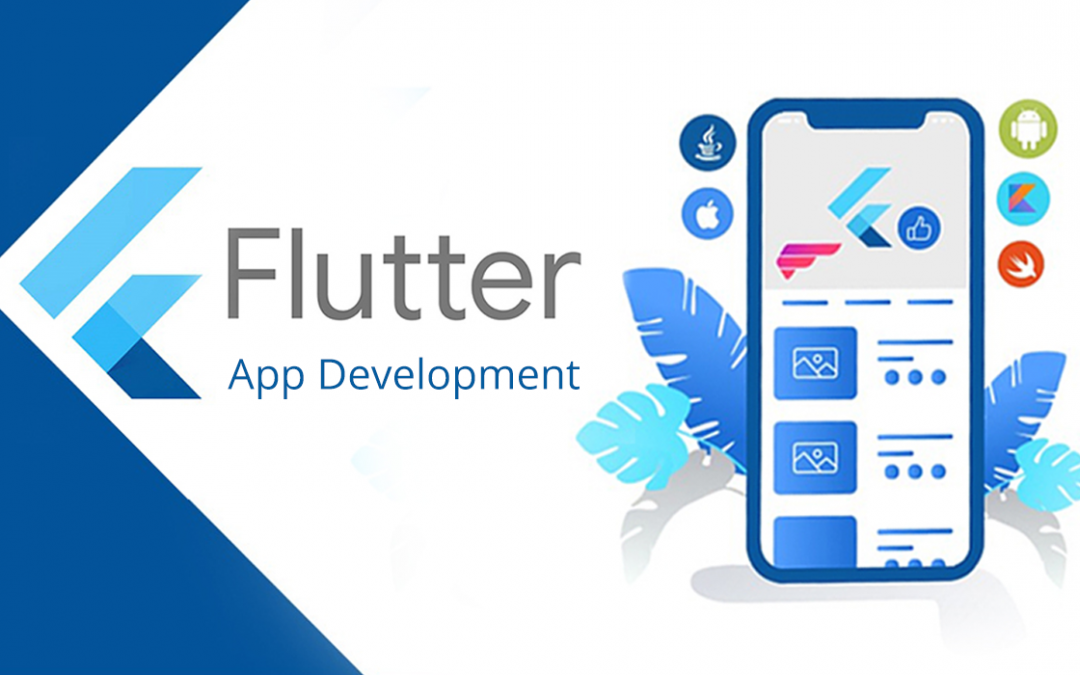Introduction
Google developed the open-source Flutter mobile app development framework in 2017. Since its release, it has become more and more well-liked among programmers, particularly those who wish to produce cross-platform applications for both iOS and Android using a single codebase.
The Google-developed Dart programming language is used by Flutter, which also comes with a wealth of pre-built widgets and tools that make it simple to create stunning, high-performing mobile apps. We’ll examine Flutter in more detail in this post and see why it’s become such a popular option for creating mobile apps.
Why use Flutter?
One of Flutter’s main benefits is that it enables programmers to create mobile applications for several platforms using a single codebase. This can save time and costs because developers won’t need to build different code for iOS and Android. Flutter also offers a cutting-edge, reactive programming style that is simple to learn and use because it employs the Dart programming language.

Moreover, Flutter has a wealth of pre-built widgets and features that make it simple to design stunning, responsive user interfaces. These widgets are adaptable, so developers may change their appearance and behavior to fit the style and features of their apps. Moreover, Flutter’s “hot reload” functionality streamlines the development process by enabling developers to make changes to their code and immediately see the consequences.
Performance is another benefit of Flutter. The Skia graphics engine, which offers quick rendering of images and animations, is used in the development of Flutter apps. This implies that even on outdated devices, Flutter apps can provide a fluid, responsive user experience.
Top 7 features of Flutter
Flutter is a powerful mobile app development framework that has many features that make it a popular choice among developers. Here are some of the key features of Flutter:
- Cross-Platform Development: Flutter allows developers to write code once and deploy it on multiple platforms, including iOS, Android, desktop, and web. This means that developers can save time and resources by not having to write separate code for each platform.
- Hot Reload: Flutter’s “hot reload” feature allows developers to make changes to their code and see the results in real time. This makes the development process faster and more efficient.
- Customizable Widgets: Flutter comes with a rich set of pre-built widgets that are highly customizable. This means that developers can tweak the appearance and behavior of these widgets to match their app’s design and functionality.
- Fast Performance: Flutter uses the Skia graphics engine, which provides fast rendering of graphics and animations. This means that Flutter apps can deliver a smooth, responsive user experience, even on older devices.
- Reactive Programming Model: Flutter provides a modern, reactive programming model that allows developers to easily build responsive user interfaces. This model is based on the concept of streams, which allows data to flow through the app predictably.
- Easy to Learn: Flutter uses the Dart programming language, which is easy to learn and use. Additionally, Flutter provides comprehensive documentation, tutorials, and sample code to help developers get started.
- Community Support: Flutter has a large and active community of developers who contribute to the framework and provide support to other developers. This community provides a wealth of resources and knowledge to help developers build better apps.
Who Uses Flutter?
For the creation of mobile apps, Flutter has grown to be a popular choice among developers and companies of all sizes. Alibaba, Google, Tencent, and numerous other businesses use Flutter for their mobile apps. Due to Flutter’s cross-platform features and user-friendliness, many startups and small businesses use it to create their mobile apps.
Is Flutter front-end or Back-end?
The front-end framework Flutter is mostly used to create mobile and online applications. It offers a collection of pre-made widgets and tools that enable designers to create user interfaces that are both attractive and functional. Dart, the programming language used by Flutter, is pre-compiled into native code for the best performance across all platforms. Moreover, Flutter offers networking functionality, enabling programmers to connect to backend services and APIs to retrieve data and carry out various tasks.

Flutter may communicate with backend services and APIs using HTTP requests or other protocols even though it is not a back-end framework in the traditional sense. With Flutter, programmers may build a front-end application that interacts with a server-based back-end service to retrieve data, carry out authentication, and conduct other functions. Due to its adaptability, Flutter is a framework that can be used for a variety of applications, from straightforward mobile apps to intricate web applications.
Getting started with Flutter
There are lots of resources available to get you started if learning Flutter is something you’re interested in. You can learn the fundamentals of the framework by consulting the extensive documentation available on the Flutter website, which also includes tutorials, videos, and sample code. Aside from these, there is a tonne of online tutorials, reference materials, and groups where you may seek advice from other developers.
You must download and install the Flutter SDK on your computer before you can begin using Flutter. After completing that, you may design and execute Flutter apps using an IDE like Android Studio or Visual Studio Code. The command-line tools for Flutter can be used to develop and manage your projects as well.
Conclusion
With the help of the potent open-source Flutter mobile app development framework, programmers can produce cross-platform apps for both iOS and Android using a single codebase. It offers a sophisticated selection of pre-built widgets and tools, quick speed, and a contemporary, reactive programming paradigm. Developers and companies of all sizes now like Flutter because of its simplicity of use and cross-platform features. Flutter is worth investigating if you’re interested in developing mobile applications.

